Unlocking the Potential of Software Development Team: Effective Productivity Metrics
As a manager or a product manager, you must keep in mind that building a successful software development team is not only about hiring talented individuals, but it’s also about unlocking their full potential.
So, in case you want your group members to be as productive as possible, you can make it possible by fostering a collaborative and growth-oriented environment that will empower your group members to excel and achieve remarkable units.
Also, it is required to keep your eye on their overall productivity, and to do this you can delve into this article to find out some metrics that will help you determine how well your team is performing.
But First, What Exactly is Developer’s Productivity?
Well, developers’ productivity refers to the effectiveness of the software development team to efficiently put high-quality code that delivers business value.
This includes various factors such as code quality, time management, problem-solving skills, and continuous improvement in the skill set.
To measure the developer’s productivity, an organization should always prioritize outcomes rather than outputs.
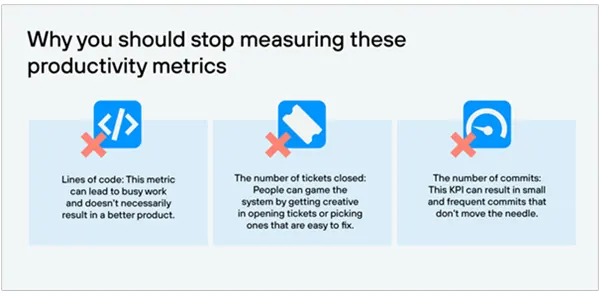
They should focus on delivering more features or following through with delivery rates, instead of counting the lines of codes developers write to measure their productivity.
So, Why Measure the Developer’s Productivity?
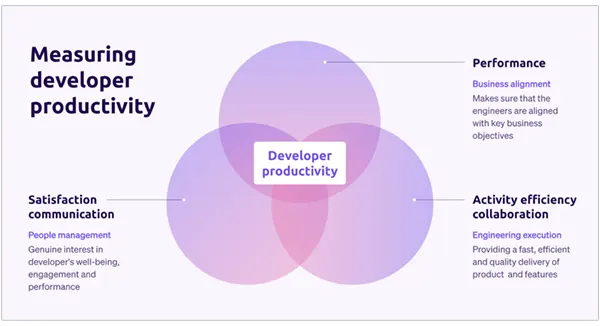
Productivity measurement is an essential tool to run business operations smoothly. It becomes a vital component in cases of Software Development Services where projects are bound to time and have to be completed before the deadline.
So, here are a few reasons why companies should measure developer’s productivity:
Resource allocation and management: It helps companies understand how efficiently their products are being utilized. This allows managers to identify the areas of improvement, the need for additional resources, and where it can be relocated to improve the overall performance.
Identify strengths and weaknesses: Tracking the metrics of developer’s productivity can help companies identify the strengths and weaknesses of their developers. This can be further used to provide targeted training and support.
Setting realistic goals and expectations: By understanding the capabilities and limitations of their developers companies can set realistic goals. This ensures projects to be completed within the budget and before the actual deadline.
What are the Common Challenges in Software Development Productivity?
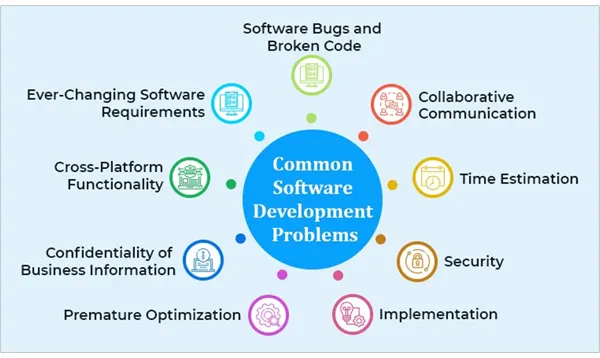
Software development teams face several challenges that can affect productivity. Its complexity makes it difficult to measure and track progress, especially when you consider the many roles involved in building a product.
Developing new applications requires creativity and innovation, which makes measuring productivity challenging.
It’s not easy to identify what factors contribute most directly toward the successful completion of projects, or how much time each task should take.
Metrics help managers understand what is going well and what needs improvement so they can make better decisions about how best to move forward with their projects.
If you’re interested in gaining insights into measuring developer productivity and overcoming challenges in software development, Luxoft provides valuable perspectives in their blog post here.
Do You Know?
The software development market is expected to reach $1039 million by 2027 with a CAGR of $22.54% from 2020 to 2027.
What is the Role of Productivity Metrics?
Productivity metrics are tools that help you understand where your team stands and how they’re performing.
They can be used to benchmark performance and track progress, identify areas of improvement, and measure the effectiveness of new initiatives.
The goal is always to make sure you know where the needle is at all times so that when things change or slow down, it’s easy to see what happened and why.
Here are some tips for making sure your productivity metrics are effective:
- Metrics should be actionable and easy to understand (i.e., not just a bunch of numbers).
You want these measures because they’ll give you insight into what’s happening with your project or process; if no one understands them or knows what they mean, then there won’t be any value in using them!
- Metrics should be tracked regularly (weekly or monthly). The best way for this is through automated reports sent straight into Slack channels or email inboxes.
This way everyone has access at all times without having too much information overload happening all at once!
Key Productivity Metrics for Software Development Teams
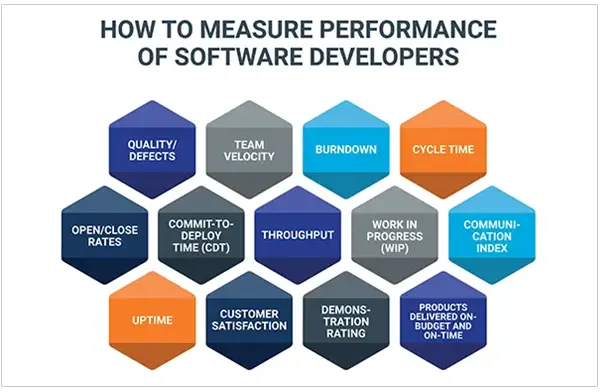
- Bug resolution: This includes identifying, fixing, and testing errors that occur in the software code or program.
- Team collaboration: This is the process in which team members work together to achieve a common goal, exchange ideas, thoughts, and information, make decisions collectively, and perform tasks.

- Time spent on new features: This refers to the amount of time the team invests in developing and implementing new functionalities in the software product.
- Time spent on refactoring, testing, and maintenance of existing code: This is the amount of time the team dedicates to optimizing, modifying, and testing the existing code, as well as maintaining the functionality of the software product.
Bug Resolution Metrics
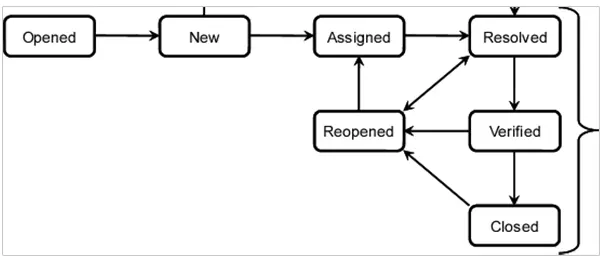
Bug resolution rate, bug resolution time, and cost are the three most common metrics used to measure the effectiveness of a software development team.
We will cover more details about these metrics in this section:
- Bug Resolution Rate – The number of bugs resolved divided by their total number at a given point in time. It can be expressed as:
- Bug Resolution Time – The time taken to fix or resolve an issue or defect reported by customers/users. It can be expressed as:
- Bug Resolution Cost – How much does it cost you to fix an issue?
This could be an estimate based on similar projects where similar issues were found and fixed or actual costs incurred during a particular project cycle (or both).
Team Collaboration Metrics
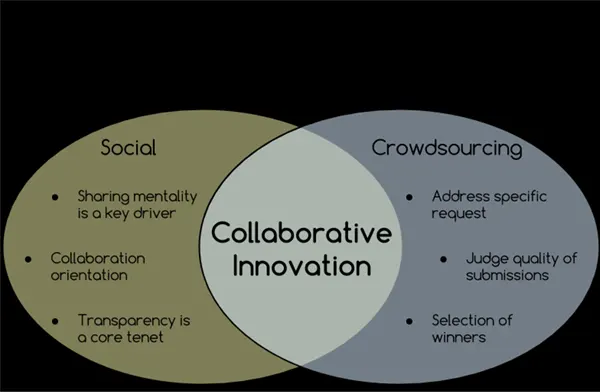
- Number of tasks completed.
- Number of tasks in progress.
- Number of tasks on hold.
These metrics are vital indicators of your team’s collaboration and can help you identify potential roadblocks that may impact project outcomes.
By regularly tracking the number of completed tasks, projects in progress, and on hold, you can gain a better understanding of your team’s productivity and identify areas for improvement.
For example, if there are many tasks on hold, this could indicate that there is a lack of communication or clarity in project priorities, and group members may need to align their efforts better to move forward.
If there are too many tasks in progress, this could mean that team members are struggling to prioritize their projects or that there is too much work assigned to an individual.
By leveraging these metrics, you can identify patterns and trends, make data-driven decisions, and optimize your team’s collaboration to meet project goals and objectives.
Software development is a complex process that involves many people and technologies.
To improve productivity, you need to understand what’s happening in your group at every stage of growth.
Effective use of these metrics will help you identify problems early on and take corrective action before they become too costly or disruptive.
In a Nutshell
Measuring the developer’s productivity is crucial since it directly affects the company’s revenue and profits. This helps businesses determine the project cost and discover the scope of improvement.
However, measuring a developer’s productivity isn’t so straightforward. You need to define clear business objectives that are beyond just the lines of codes. Hope this helps.
